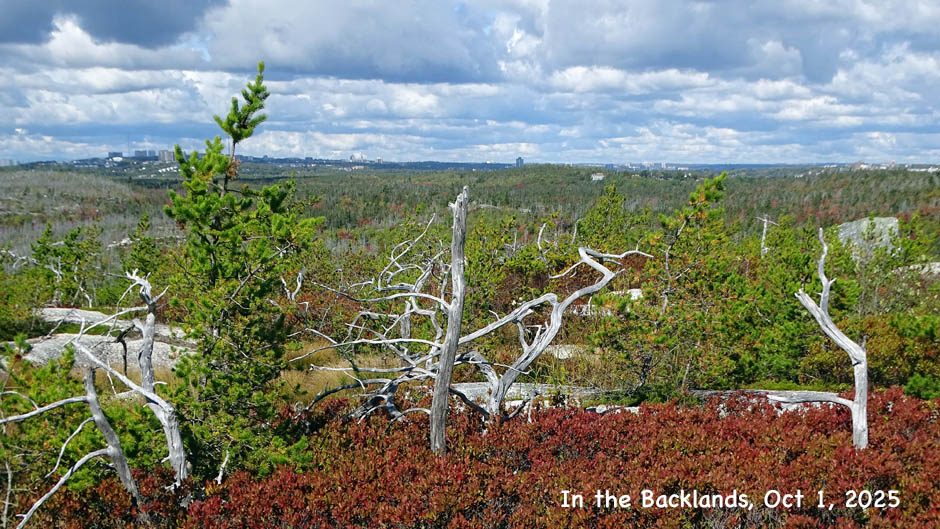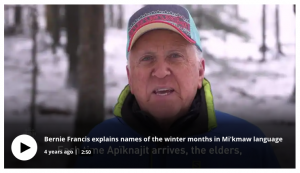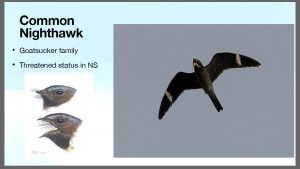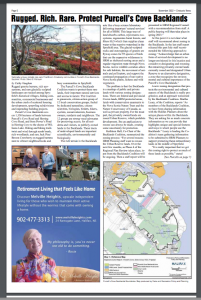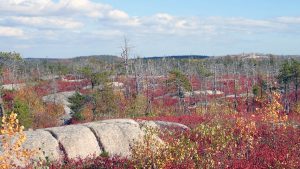From Nova Scotia Nature Trust*:
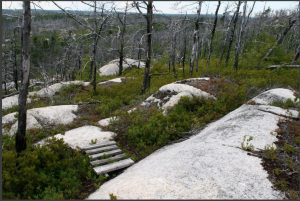 “We’re excited to announce six new protected areas across the province that will be secured before the end of 2022, from Cape Breton to the south shore. On the heels of the recent COP15 United Nations Convention on Biological Diversity, halting biodiversity loss has never felt more urgent, with world leaders now aligned on a global target to protect 30 per cent of the planet by 2030. This announcement is a timely step toward that ambitious goal…The Nature Trust’s newest protected areas include:
“We’re excited to announce six new protected areas across the province that will be secured before the end of 2022, from Cape Breton to the south shore. On the heels of the recent COP15 United Nations Convention on Biological Diversity, halting biodiversity loss has never felt more urgent, with world leaders now aligned on a global target to protect 30 per cent of the planet by 2030. This announcement is a timely step toward that ambitious goal…The Nature Trust’s newest protected areas include:
- Little Charles Island at the heart of the 100 Wild Islands archipelago (Eastern Shore)
- An addition to the 4,500 acres of coastal wilderness protected in the Mabou Highlands (Cape Breton)
- New protected urban wilderness in the Purcells Cove backlands (Kjipuktuk-Halifax)
- Critical habitat for endangered plants on Ponhook Lake (Kespukwitk-southwest Nova Scotia)
- More protected habitat for at-risk birds and rare eastern white cedar in the growing Hectanooga conservation land assemblage
- (Kespukwitk-Southwest Nova Scotia)
- And Blanche Island, another important link on the Atlantic migratory flyway, critical for many bird species facing significant population declines (Kespukwitk-Southwest Nova Scotia)”.
